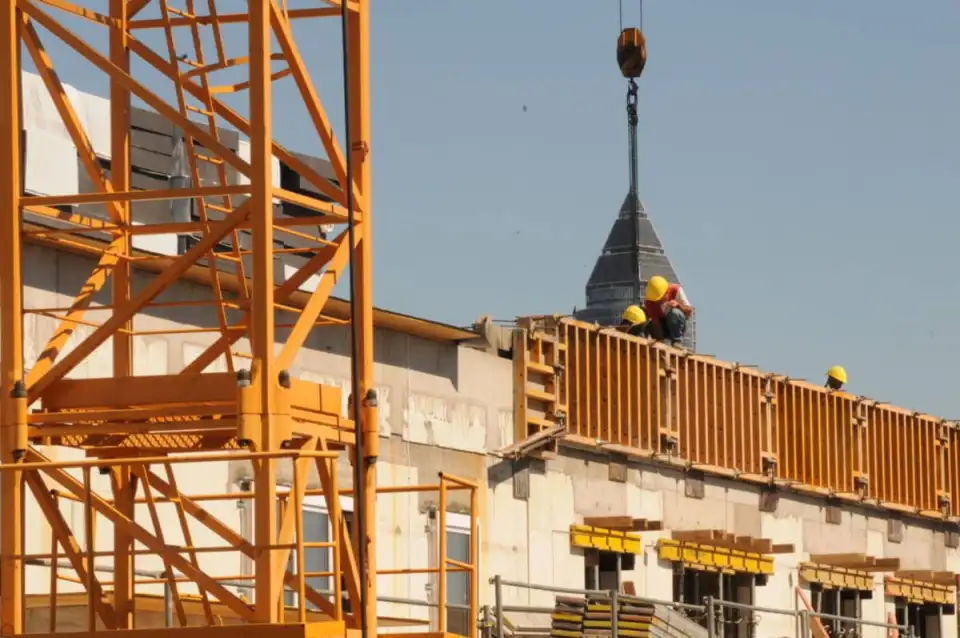While costs are higher in more northern climate zones and the West Coast, these areas’ energy utility companies are often required or encouraged by their regulators to offer incentive programs for energy-efficient new construction. Builders in incentive-rich states like Illinois, Maryland, Massachusetts, and New York will likely find that by stacking utility rebates and federal tax incentives, they can more than offset the costs of building to ESNC certification standards.
Builders can also take home more of the tax credit by choosing to build all-electric. All-electric new construction is often financially attractive when building to minimum energy standards since only one utility connection and energy system needs to be installed, rather than two. Across all climate zones, the median cost reduction when attaining ESNC certification for an electric unit compared to a dual-fuel unit is around $375. There are also local incentives to consider: in many jurisdictions, energy utility companies have begun to shift their new construction programs to encourage ENERGY STAR NextGen certification, which requires ENERGY STAR heat pump appliances for space and water heating.
Zero Energy in the Sunbelt
Our analysis suggests that the $5,000 45L incentive more than covers the cost to reach ZERH certification in three climate zones: 2A (most of the Gulf Coast and adjacent areas), 2B (the hottest parts of the desert Southwest), and 3A (the inland Southeast and coastal Carolinas). In muggy 2A, developers could net more than $600 per ZERH unit.
As with ENERGY STAR, builders can take home more of the credit if they choose all-electric construction: the upside is almost four times as high for ZERH, at around $1,400 per unit. ZERH units must include electrical wiring and capacity for electric heat pumps regardless of the heating, cooling, and water-heating appliances installed, so choosing to build all-electric from the start avoids these added costs.
Now's the Time
There has never been a more opportune time to build high-performance new apartments in the United States. For many developers, 45L tax credits are the cherry on top of a capital stack that has encouraged energy efficiency for years, thanks to mechanisms such as efficiency-focused Low-Income Housing Tax Credit Qualified Allocation Plans, local zoning bonuses, and more. Developers spurred on by these friendly environments are increasingly proving that high-efficiency multifamily construction is not just feasible, but profitable, especially with growing experience. For example, passive house–certified developments in Pennsylvania have flipped the script on affordability with final construction costs in some cases lower than those of at-code buildings. Similarly, market data from Massachusetts has shown minimal incremental cost for passive house multifamily construction. This indicates an opportunity for forward-looking developers to distinguish themselves while remaining profitable and competitive on first costs.
All-electric units with ZERH certification also closely align with the highly anticipated national definition of zero-emission buildings, suggesting that the historic Greenhouse Gas Reduction Fund’s $27 billion investment could contribute to low-cost, disadvantaged-community-centered financing for these climate-aligned new homes.
Developers nationwide will soon be required to meet the new HUD-USDA energy standard for about one out of every four homes they build. Should FHFA follow suit with a similar rule, updated energy standards will affect no less than two-thirds of all residential new construction. With favorable incentives, rich new sources of financing, and a livable planet on the line, it’s time for market actors to seize the moment and start building 2050’s climate-friendly homes today.
Note
This analysis assessed incremental costs of attaining ENERGY STAR Multifamily New Homes National Version 1.1 and Zero-Energy Ready Homes National Version 2 certification. At this time, federal guidance indicates that ENERGY STAR national version 1.2 will become a reference certification for the 45L tax credit for most states in 2027. Until then, the less stringent national version 1.1 will continue to apply.
Methods
RMI analysis followed the below steps:
Begin with ENERGY STAR’s Cost & Savings Estimates for Multifamily New Construction, National Version 1.1, which estimates measures selected and incremental costs of ENERGY STAR certification above the 2012 IECC for one city in each of eight climate zones.
Note differences in code requirements between the 2012 IECC and the 2021 IECC and their impact on incremental costs of ESNC Multifamily Version 1.1 above the 2021 IECC.
Using DOE ZERH’s Multifamily National Program Requirements Version 2, identify what measures would be needed to attain ZERH certification.
Where ZERH measures differ from ENERGY STAR measures, estimate incremental costs for ZERH measures using NREMD and other methods, such as review of prior Department of Energy and National Laboratory publications, as needed.
Apply an inflation adjustment factor to each measure’s incremental cost based on the date of the publication used to estimate the cost. Note that estimates are provided in 2024 dollars.
Apply a location adjustment to each measure’s incremental cost using city-level construction cost category data from For climate zone-level location adjustments, city-level indices were combined in an unweighted average.
Apply a 30% prevailing (Davis-Bacon) wage adjustment to all incremental costs, based on recent experience from our projects and partners.
Sum adjusted incremental measure costs to estimate total incremental costs of each certification for a home of each fuel type (electric-only or dual fuel).



